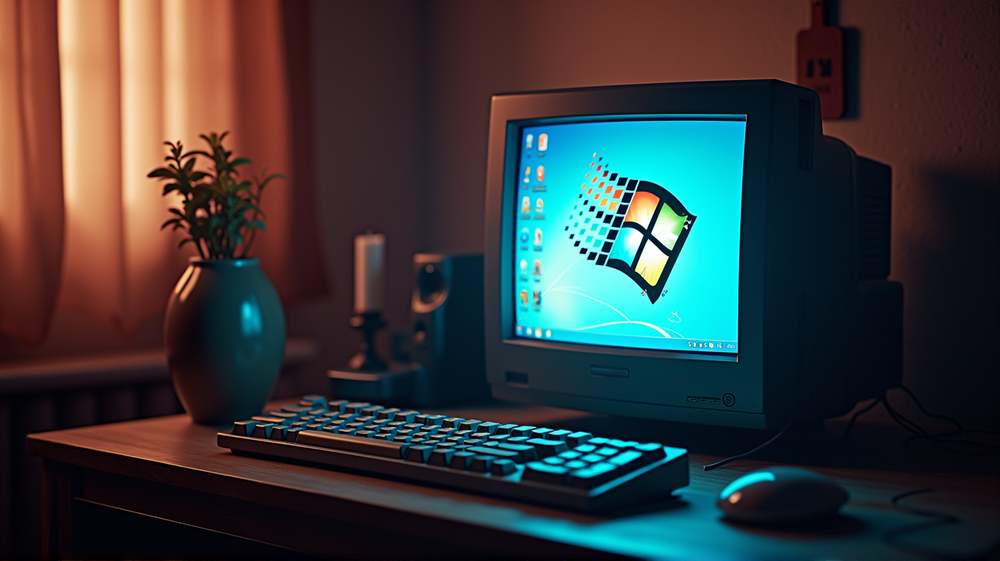When Simplicity Changed the World
Microsoft’s Windows 95 wasn’t just another operating system; it was a paradigm shift in how computing was perceived. Every so often, aficionados like Microsoft’s design director Diego Baca boot up old systems, embracing the reminiscences of their computing past. To them, Windows 95’s legacy isn’t just nostalgia; it’s a testament to a design era that prioritized simplicity and efficiency over complexity. According to Fast Company, even today’s tech enthusiasts are finding ways to resurrect and appreciate this iconic OS.
Revisiting the Foundations of UI Design
“Windows 95 introduced a lot of these really clear, really durable metaphors of how computing could be simpler for customers,” says Baca. These metaphors proved formative, with the Start menu and taskbar still anchoring modern Windows interfaces. Interestingly, it was Virginia Howlett and her team who forged this path, shifting the design process’s reins from engineers to design visionaries, creating a user-centered interface for the masses.
A Team Effort in Design Excellence
Unlike its predecessors, Windows 95 was a collaborative masterpiece, envisioned by artists, researchers, and engineers working in unison. Chris Guzak, a Microsoft engineer back then, recounts how these collaborative efforts resulted in an interface that felt both familiar and revolutionary. The aesthetic choices—like the minimalistic color palette—were not just design decisions but compromises dictated by the limitations of 1990s hardware.
Competing Against Giants
Back in 1995, Apple stood as a formidable competitor. Microsoft’s race to outdo Apple wasn’t merely about survival; it was about redefining user experiences. The pressures from Apple, juxtaposed with the consumer-centric ethos of Microsoft at that time, birthed what many consider an intuitive, user-friendly operating system.
Reliving the Past, in Present
Today, re-experiencing Windows 95 is easier than ever—thanks to developers like Felix Rieseberg. His Windows 95 Electron app recreates the classic operating system, allowing newfound admiration for its simplicity. Meanwhile, software solutions like Stardock’s “Classic” themes enable users to bring a touch of the past into the present, drawing admiration for the interface’s simplicity and directness.
Lessons for the Future
As modern Windows versions, like Windows 11, attempt to balance simplicity with functionality, they echo lessons learned from the Windows 95 era. Marcus Ash of Microsoft hints at integrating AI, creating new foundations reminiscent of those established nearly three decades ago. Yet, while pushing the envelope technologically, the old ethos of Windows 95—serving the user without dark patterns and manipulative traps—remains more relevant than ever.
Reflecting on a Simpler Time
For those who crafted it and for the users who cherished it, Windows 95 remains a beacon of simplicity in an increasingly complex digital world. As Virginia Howlett humbly reminds us, design—and indeed technology itself—should prioritize helping users, even in an era teetering on AI sophistication and digital manipulation. The message is clear: sometimes looking back can be a way forward.
The resurgence of interest in Windows 95 today isn’t just nostalgia; it’s a call for simplicity, a yearning for a digital era that puts the user first.













